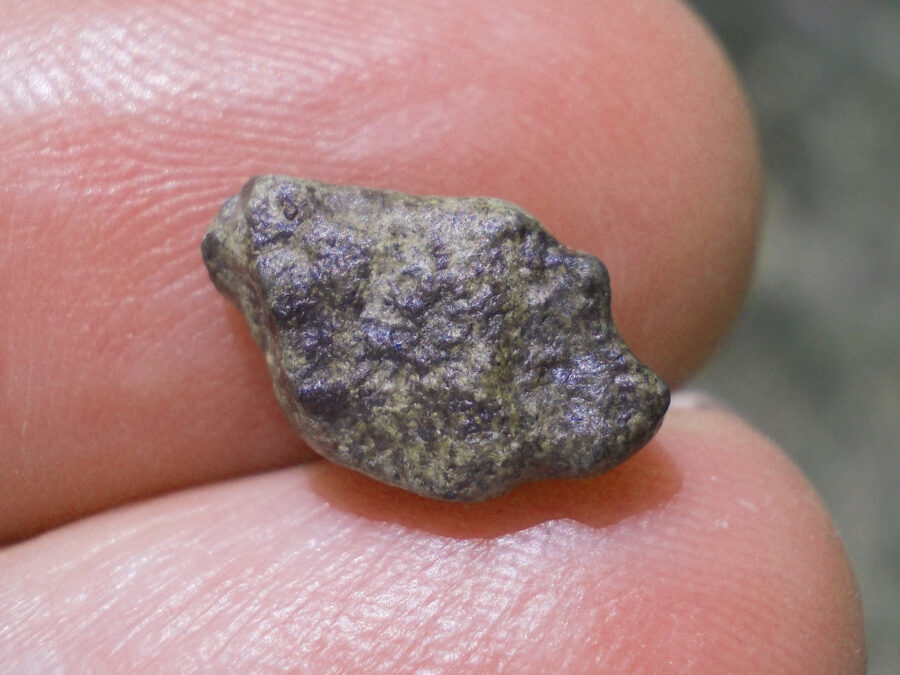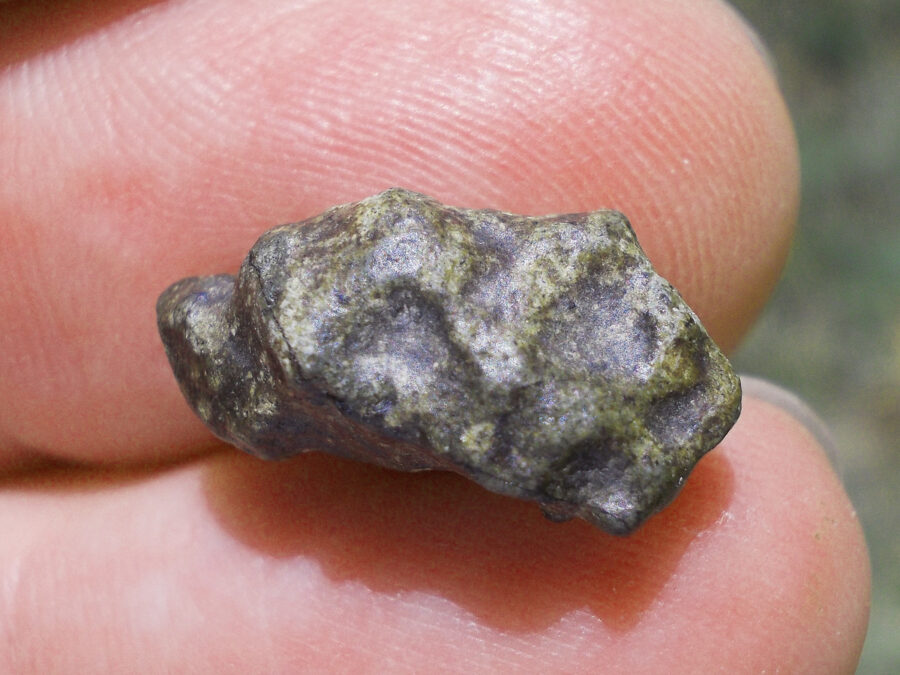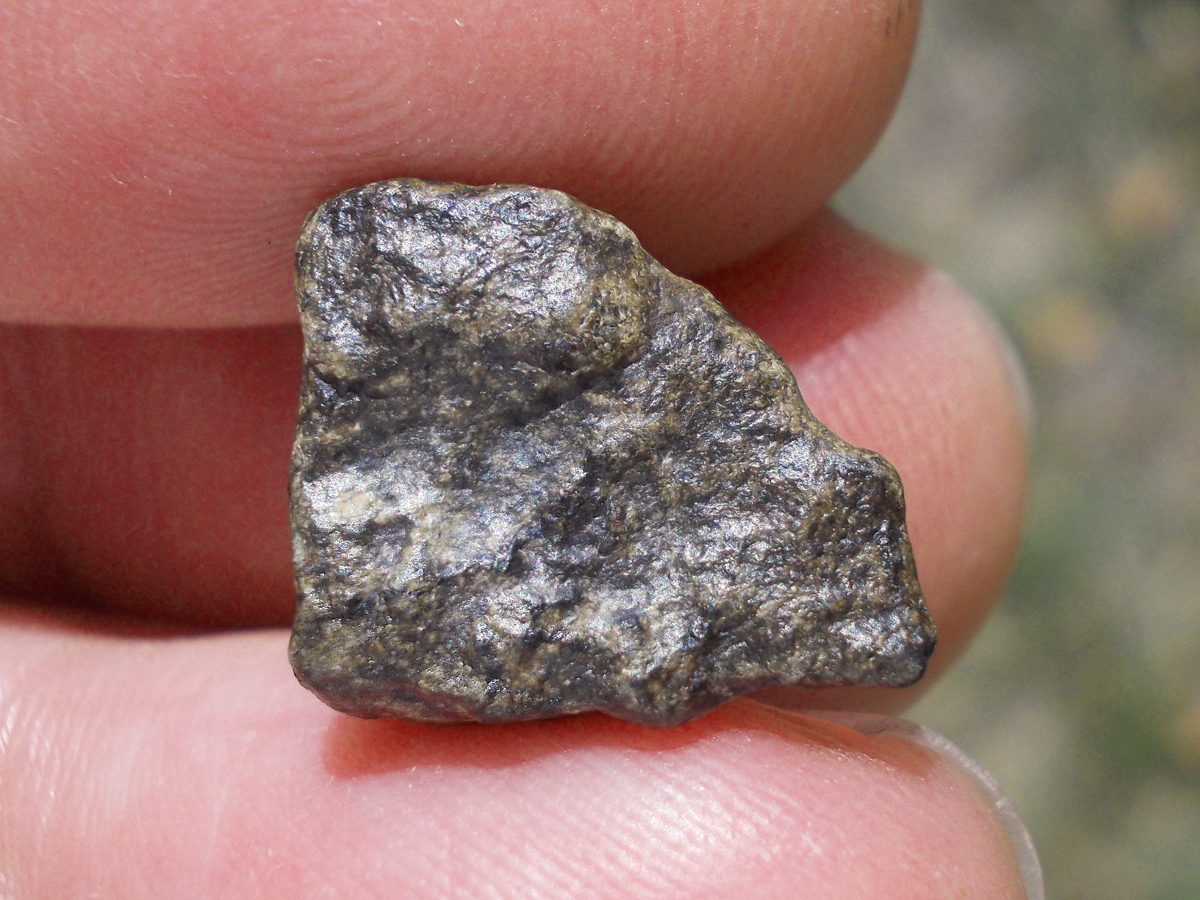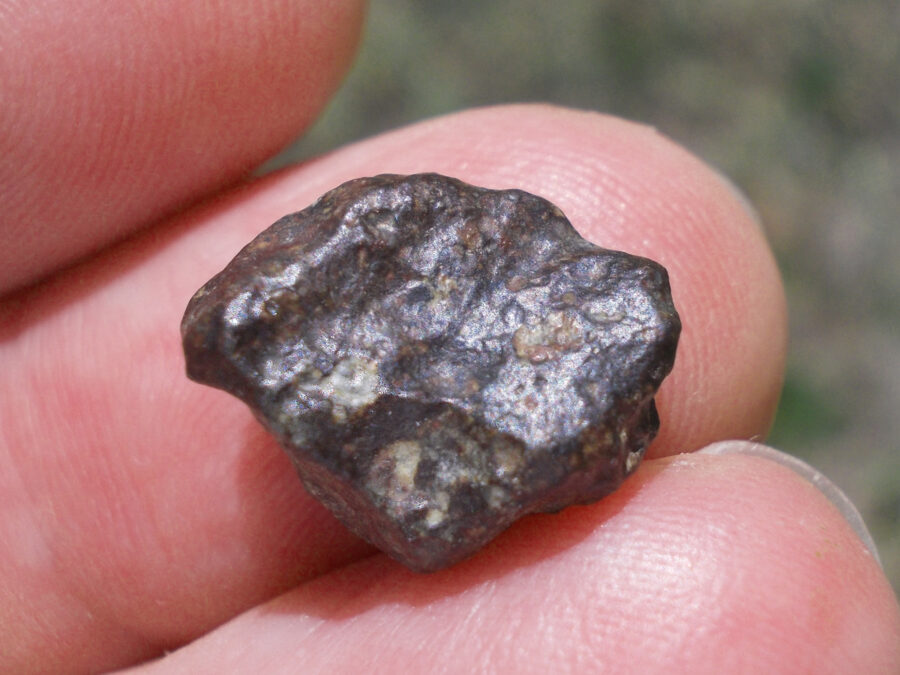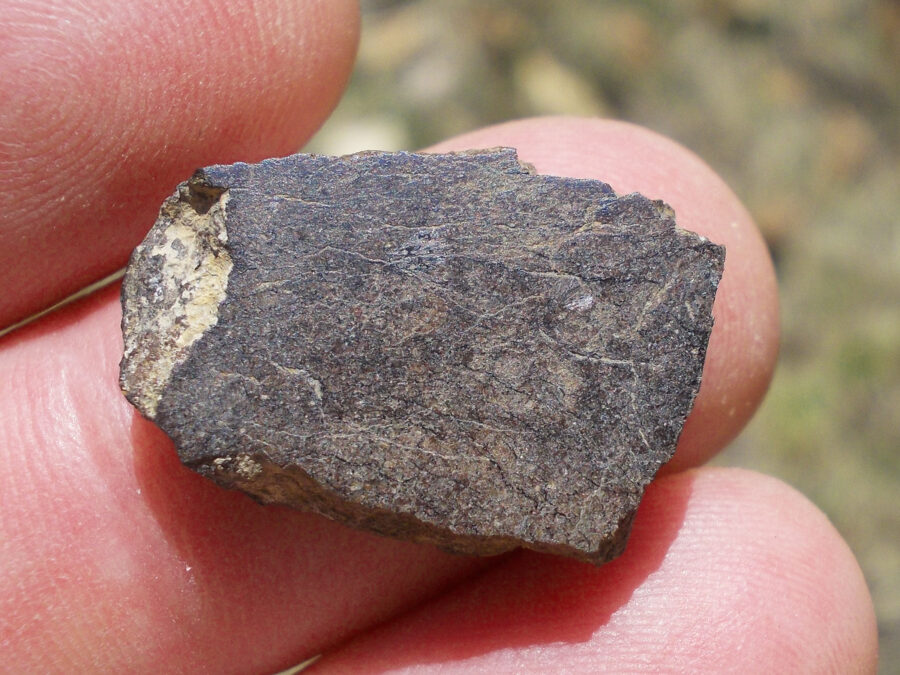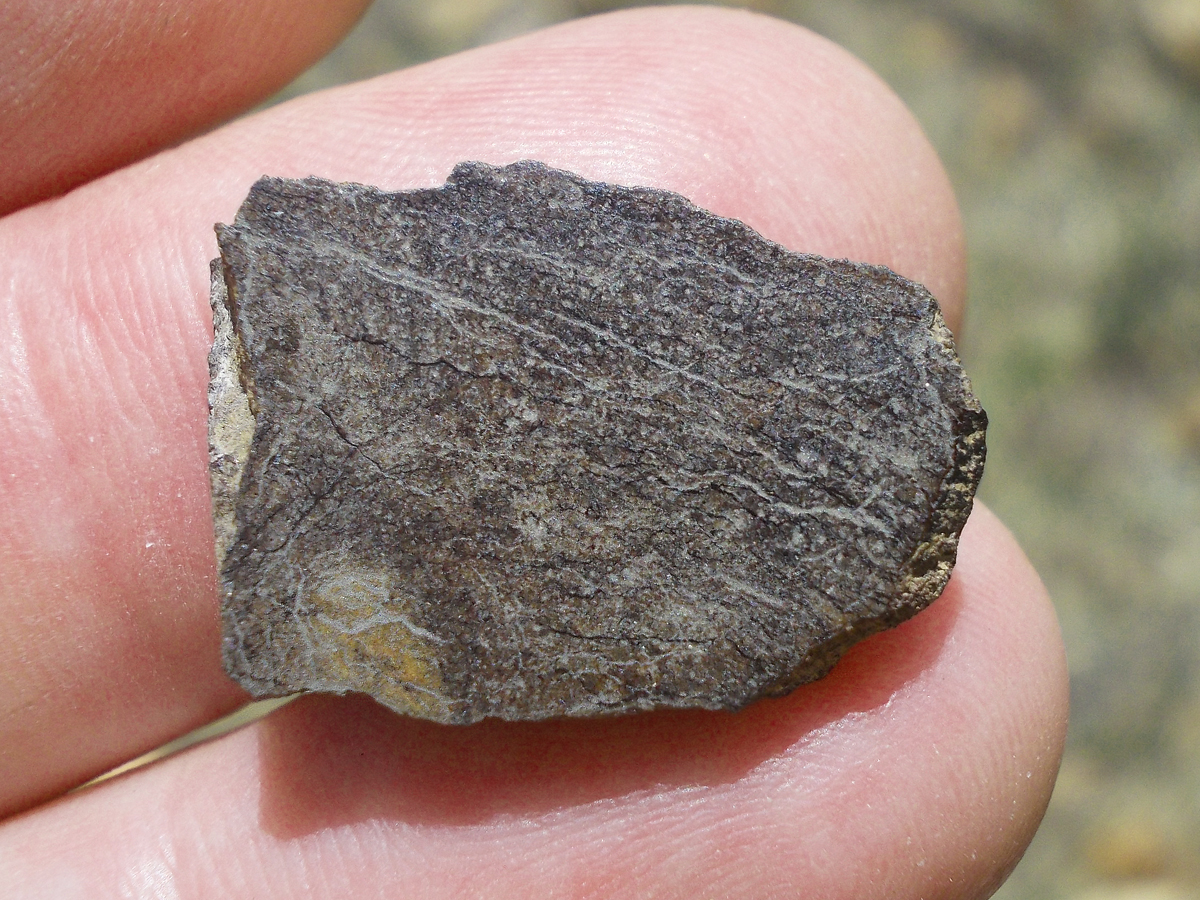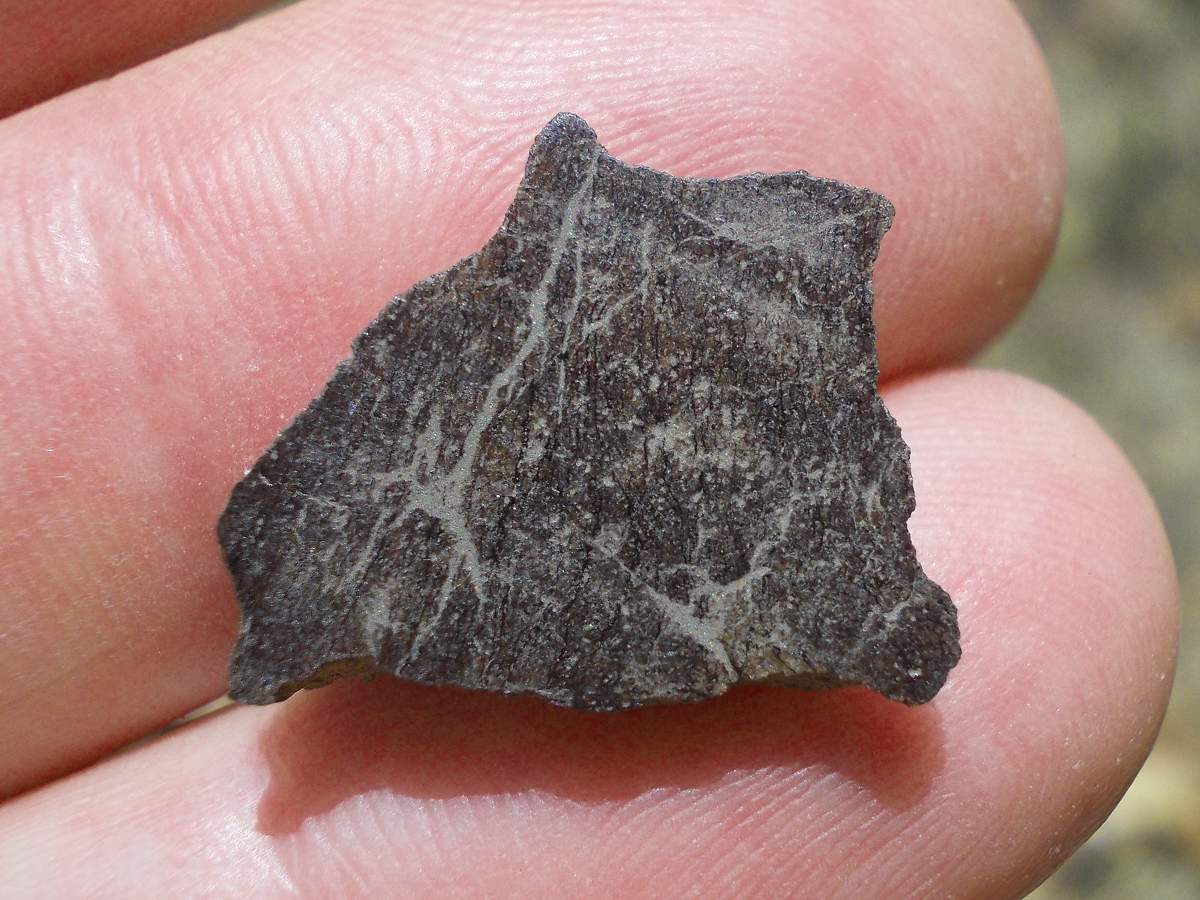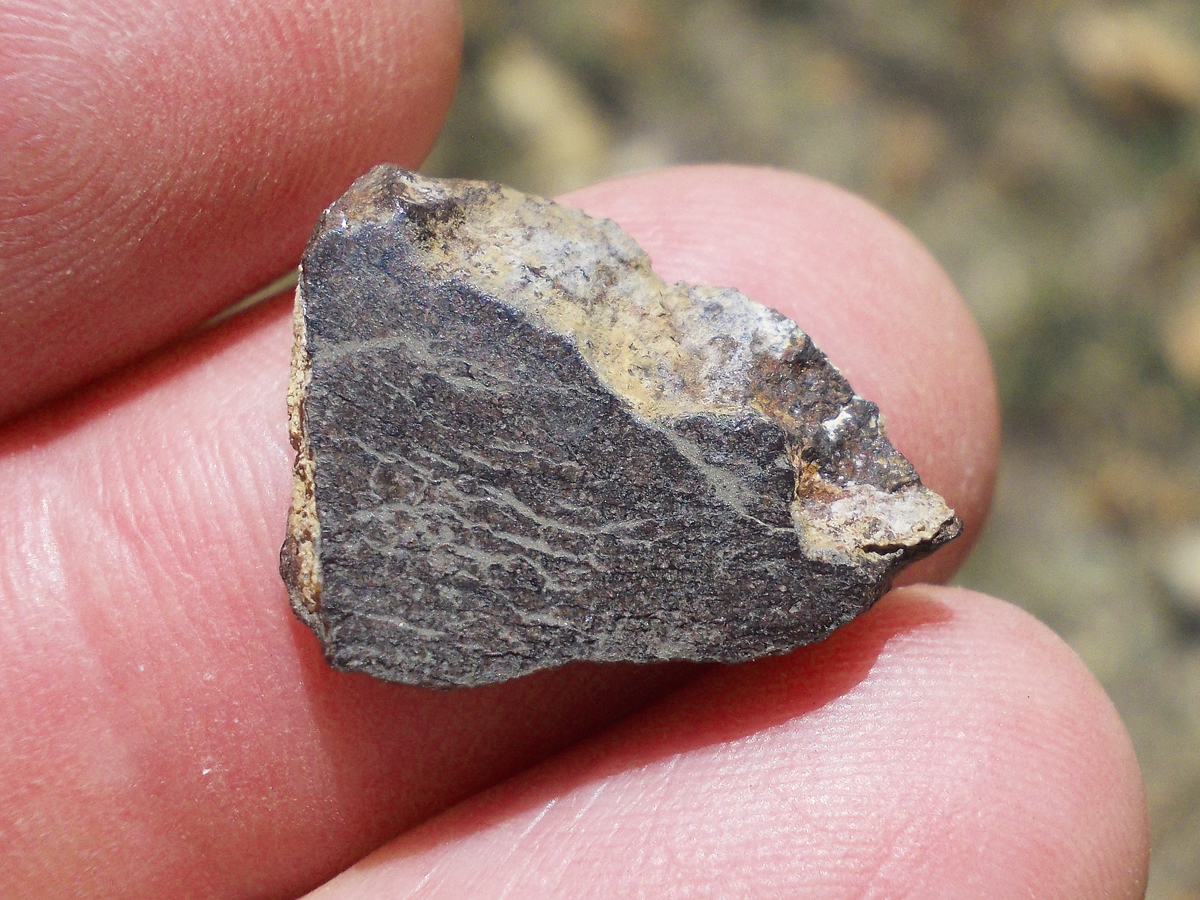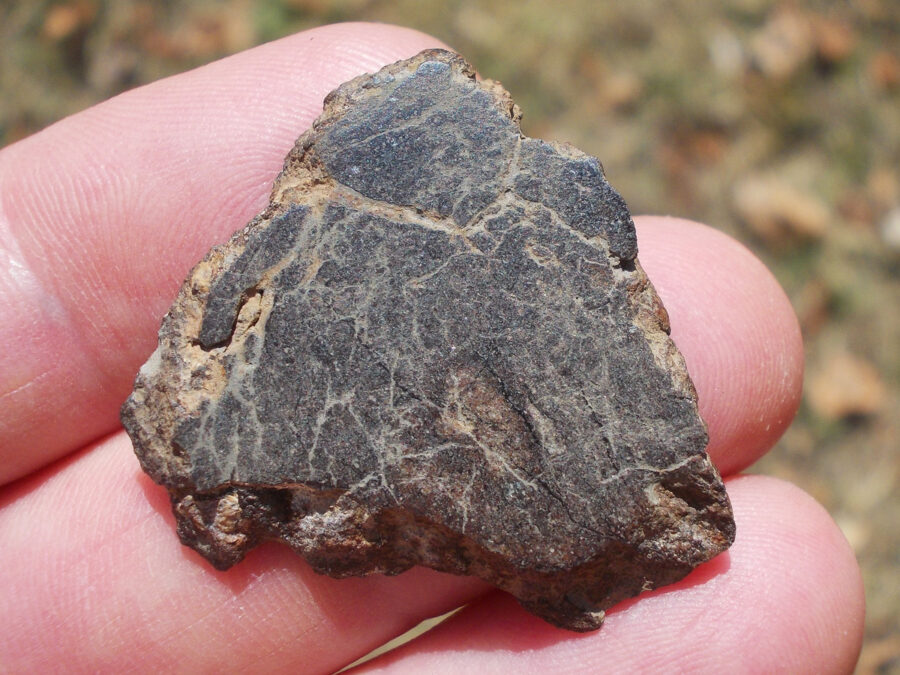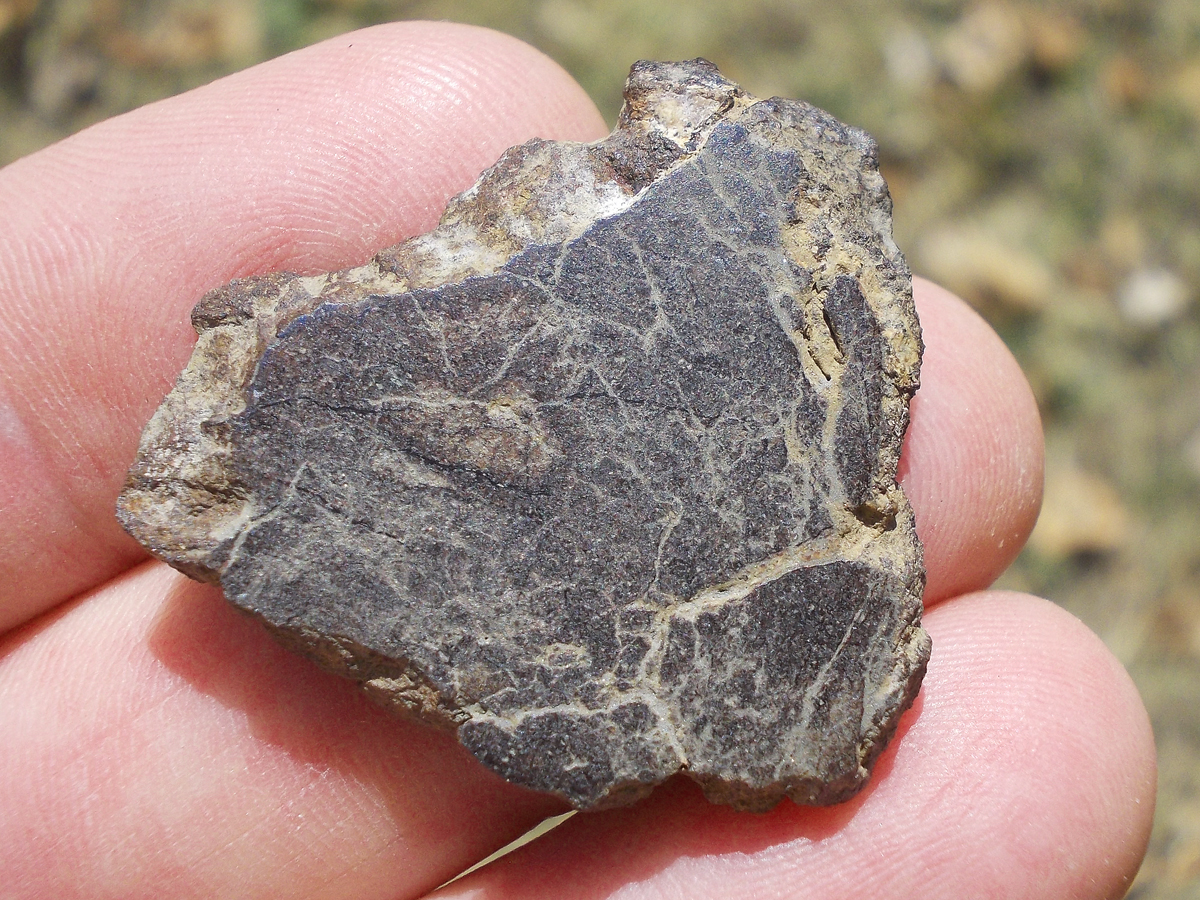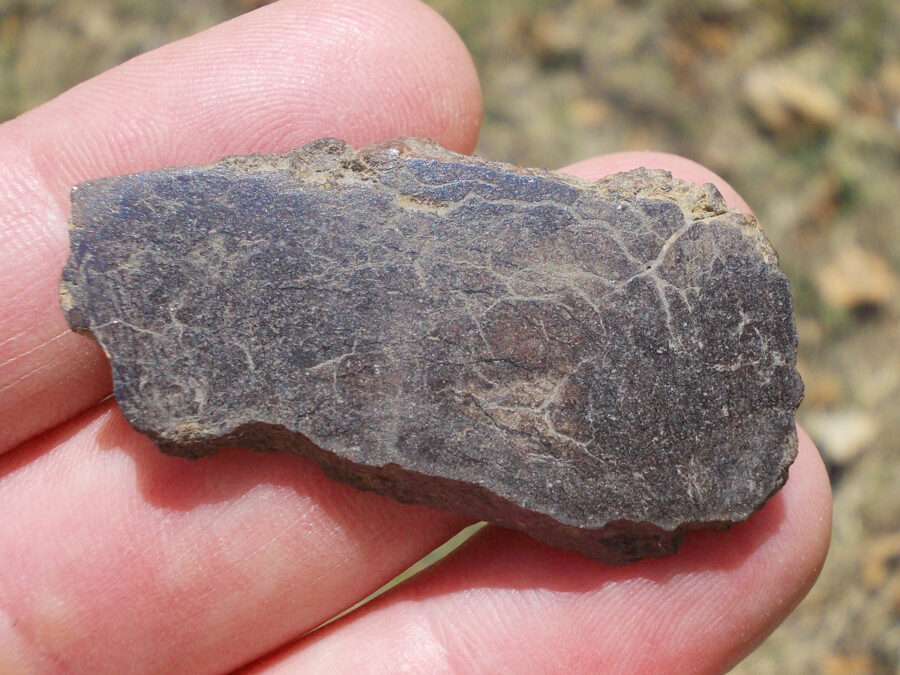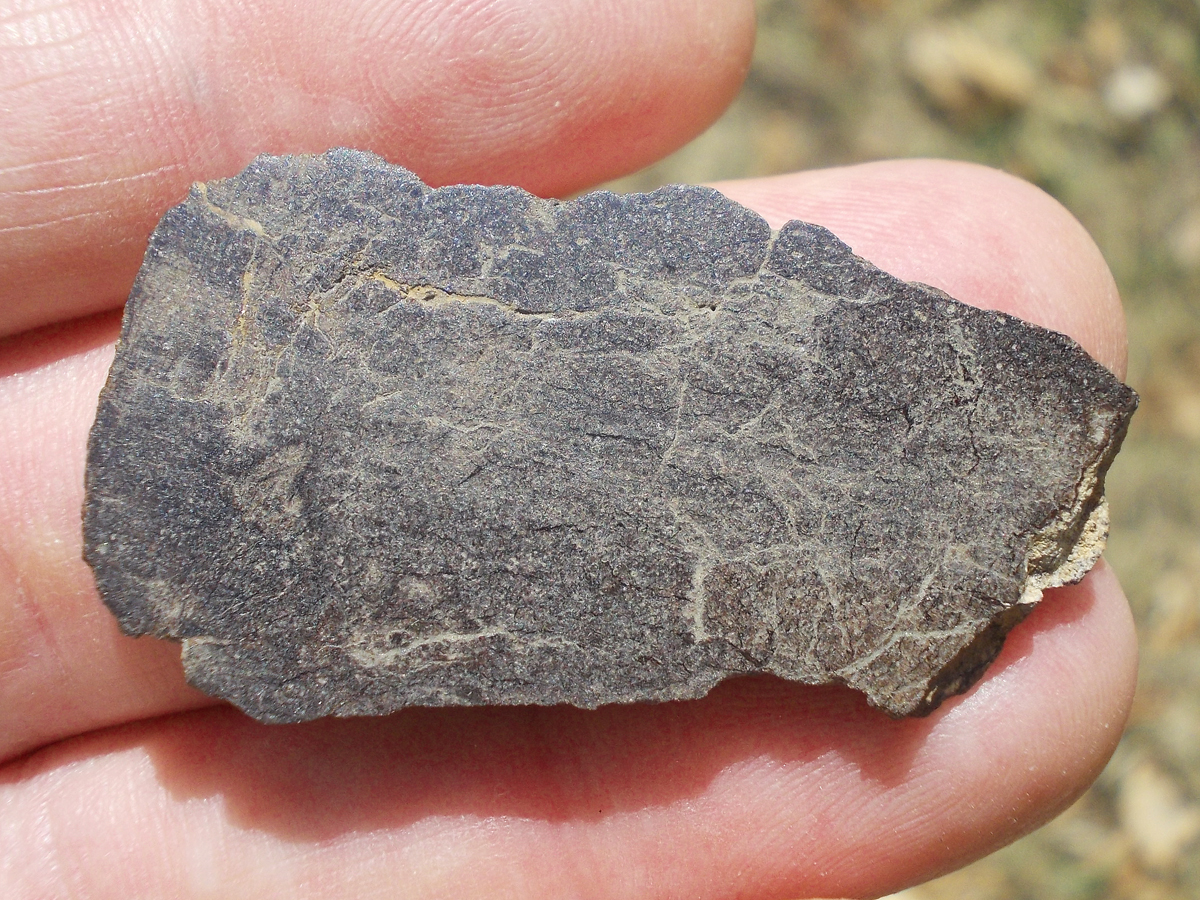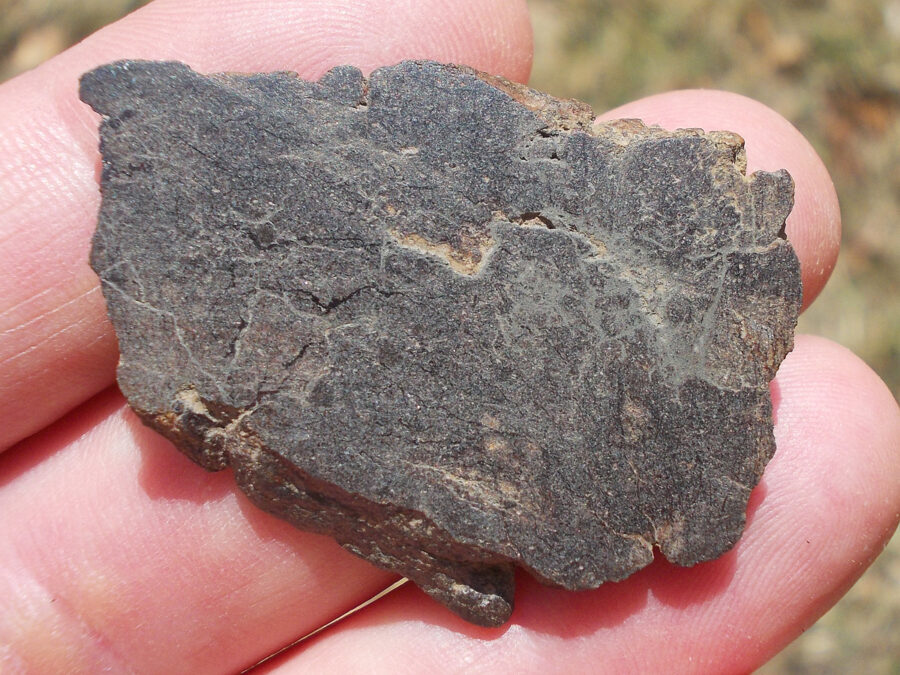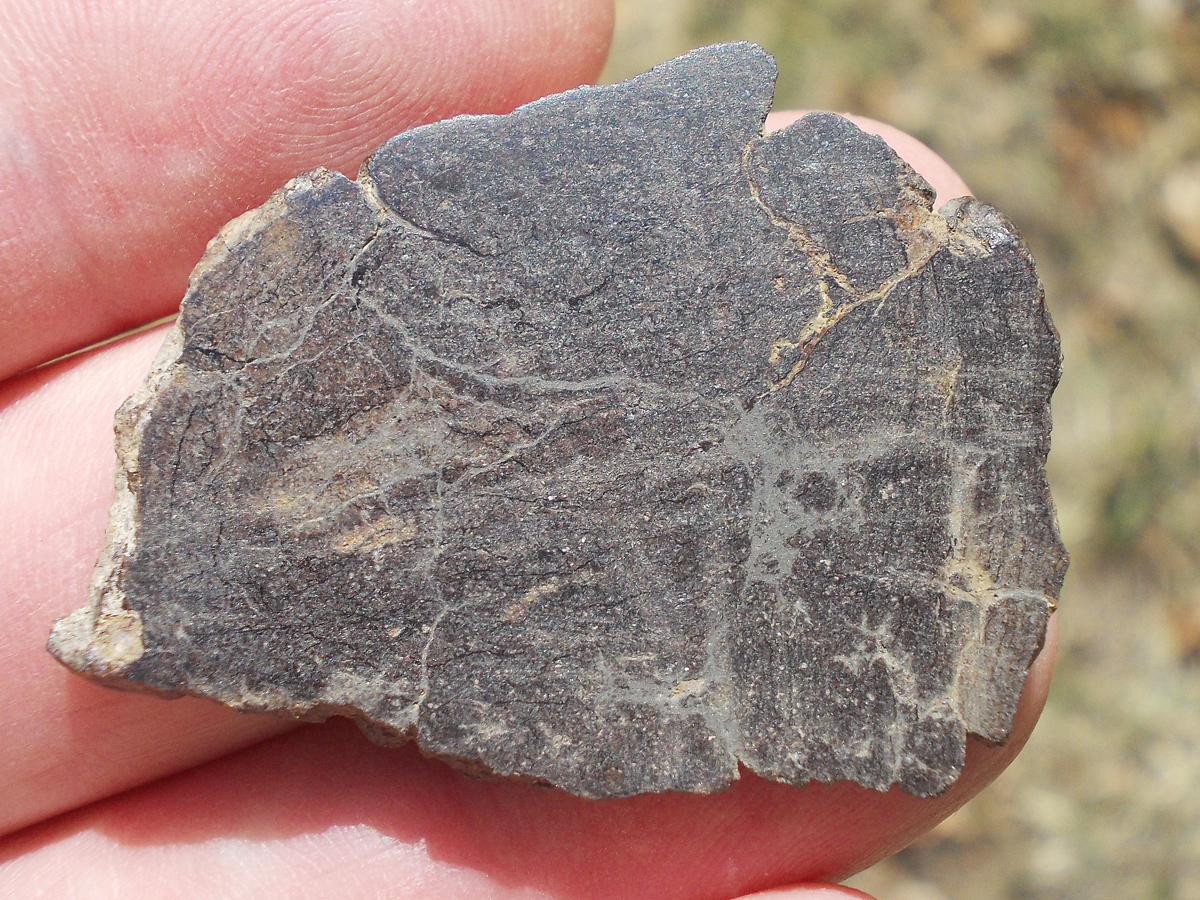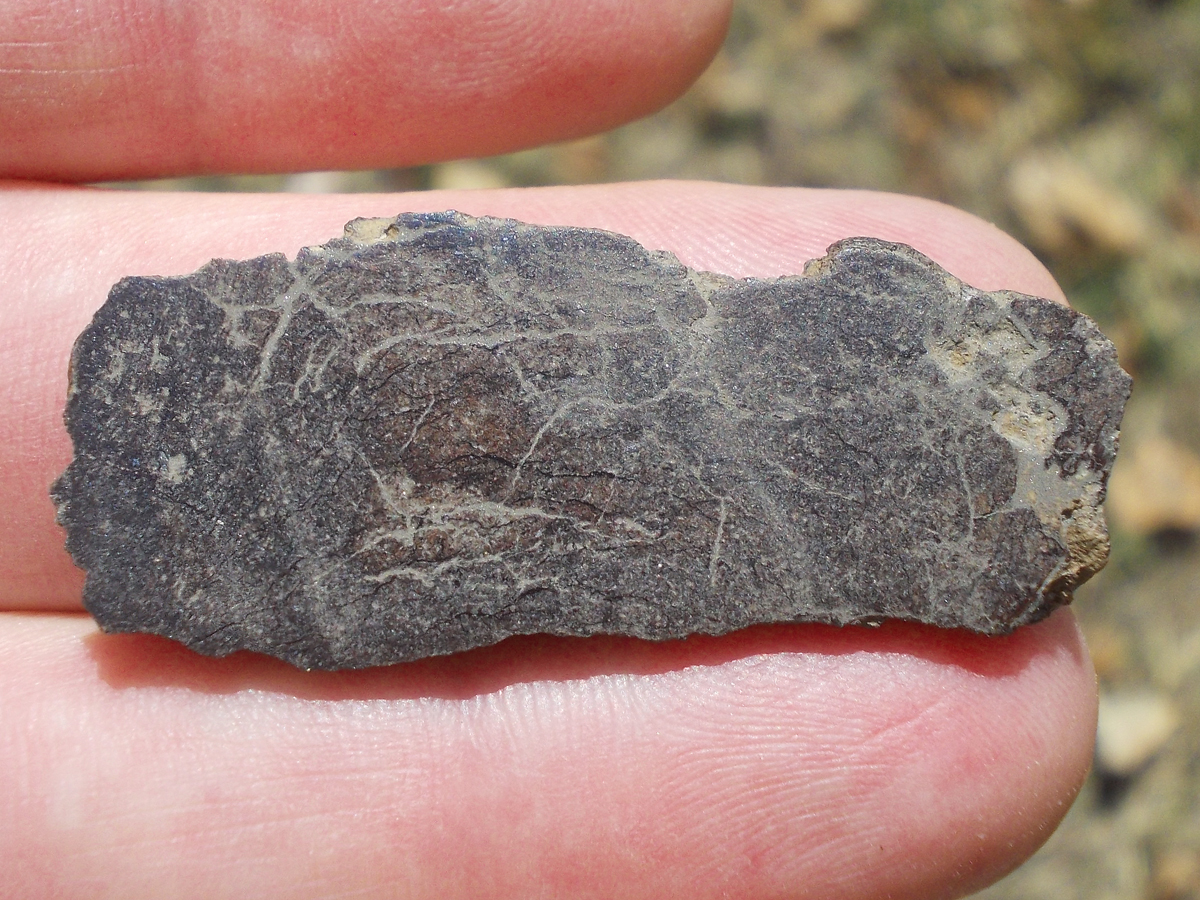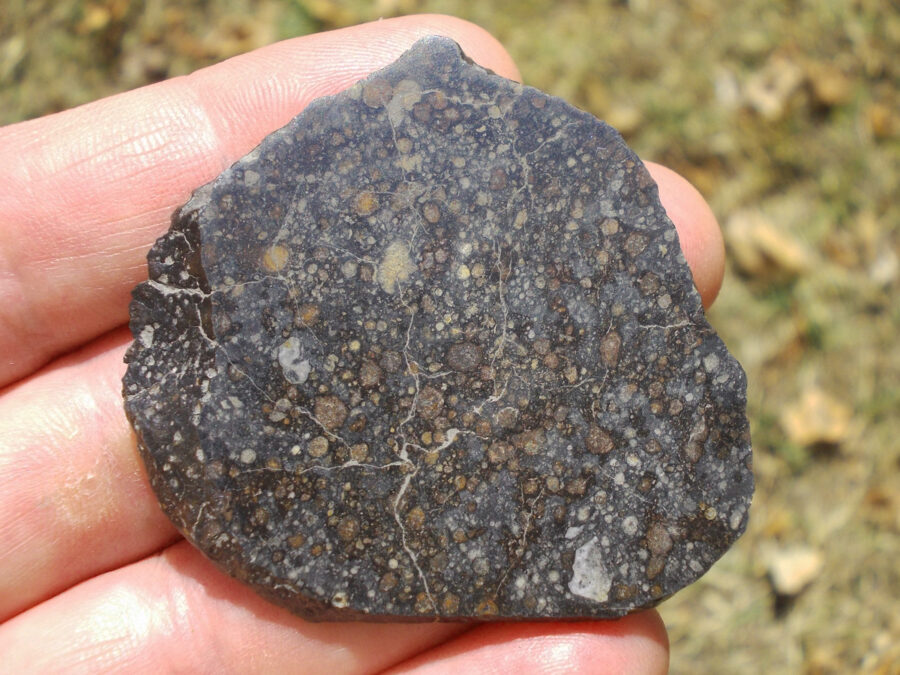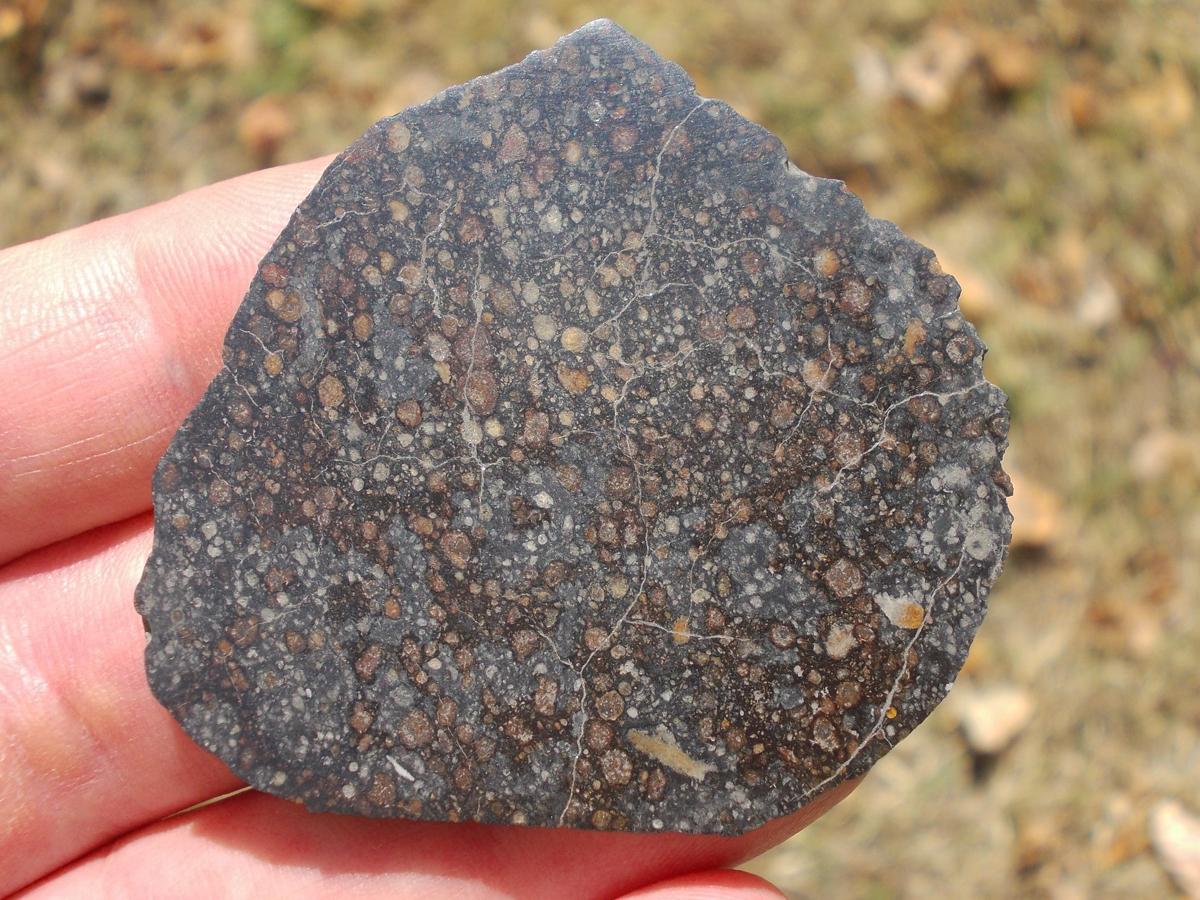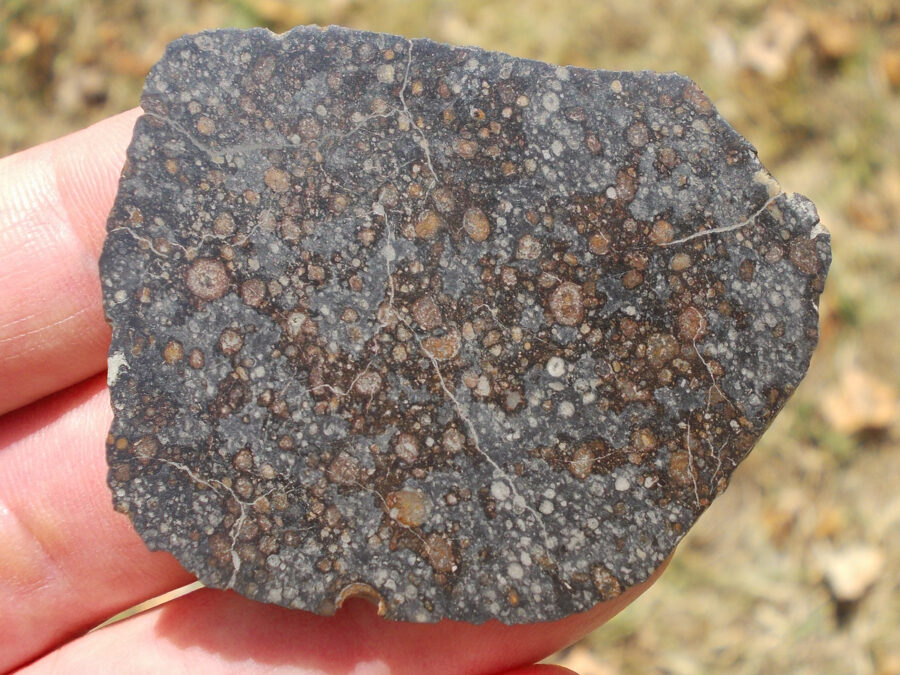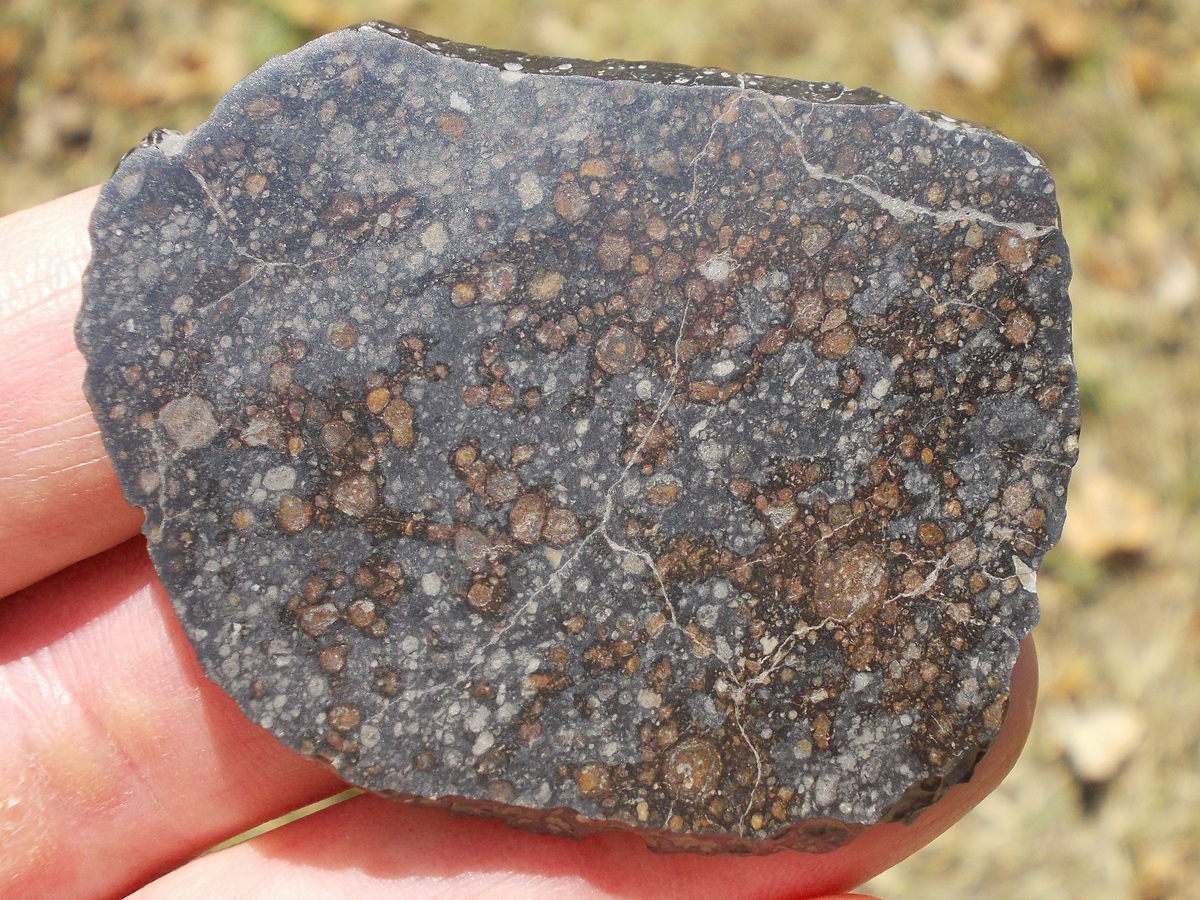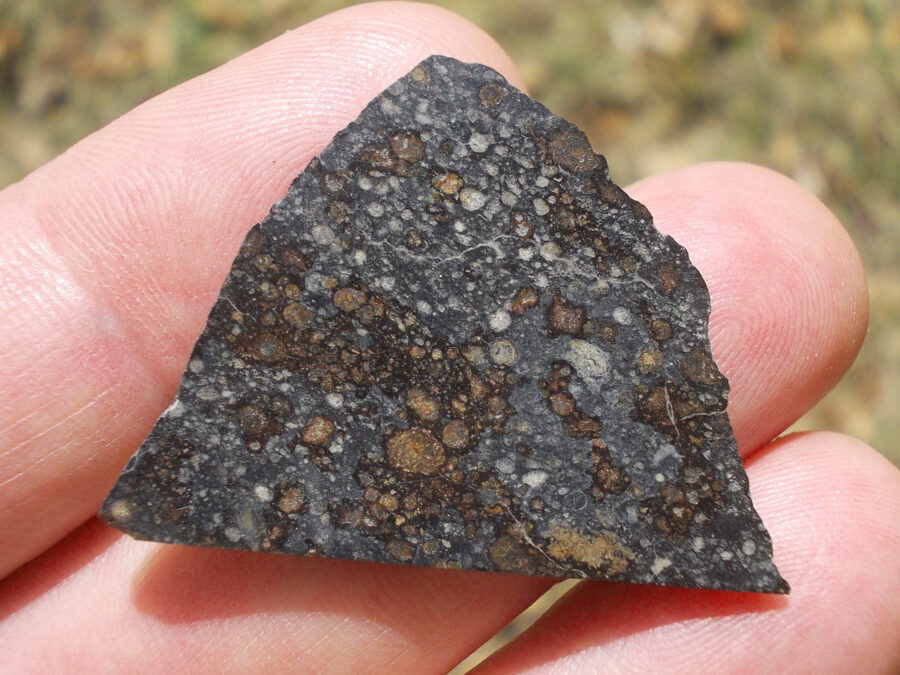Amgala 001 Mars Shergottite (olivine-phyric) #6 – 0,5 g
49,94 $Amgala is a rare meteorite from Mars, classified as Shergottite (olivine-phyric).
It was discovered in the Western Sahara in 2022
A meteorite offering exceptional value for money !
Amgala 001 26.014°N, 11.020°W
Saguia el Hamra, Western Sahara
Purchased: 2022 Dec
Classification: Martian meteorite (Shergottite)
History: Multiple stones were found together in December 2022 near Meharrize. Said Muftah Bachir and Ziyao Wang bought 12 kg together from the finders, including the largest 5200 g individual; Mark Lyon acquired 19165 g from two different dealers; Aziz Habibi obtained 3500 g from another dealer.
Physical characteristics: Weathered exterior surfaces of the stones are brown with a distinctive knobby appearance. Fresh interiors are greenish-gray with darker olivine phenocrysts visible.
Petrography: (A. Irving, UWS, and P. Carpenter, WUSL) Zoned olivine phenocrysts (up to 2 mm in length) are set in a groundmass with variable grainsize composed predominantly of prismatic, zoned clinopyroxene and lath-like maskelynite, together with accessory alkali feldspar, pyrrhotite, ulvöspinel, chromite (with variable Ti content), ilmenite, baddeleyite and chlorapatite. Thin opaque shock veins crosscut the specimen as well as secondary calcite veinlets. Olivine phenocrysts contain small patches of alteration products (red-brown in thin section).
Geochemistry: Olivine (Fa31.7-56.6, FeO/MnO = 52-55, N = 5), pigeonite (Fs27.7-48.4Wo10.4-9.8, FeO/MnO = 29-35, N = 3), subcalcic augite (Fs20.7-30.4Wo32.5-34.6, FeO/MnO = 28-32, N = 2), maskelynite (An47.4-50.5Or2.2-1.7, N = 2), alkali feldspar (Ab49.4Or34.0An16.7).
Classification: Shergottite (olivine-phyric).
Specimens: 68.3 g including one polished thin section at UWB; remainder with Mr. S. Bachir/WangZ (12 kg), Mr. M. Lyon (19165 g) and Mr. A. Habibi (3500 g).


